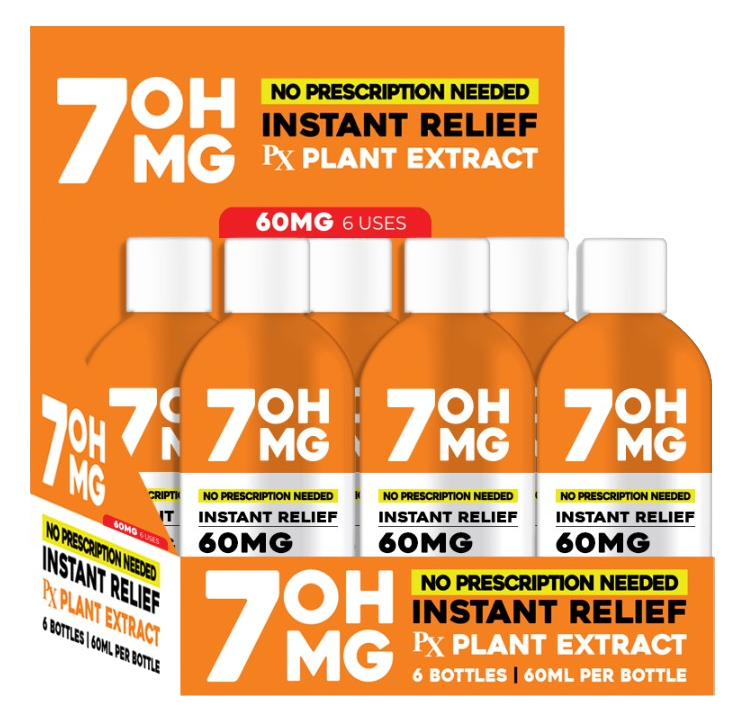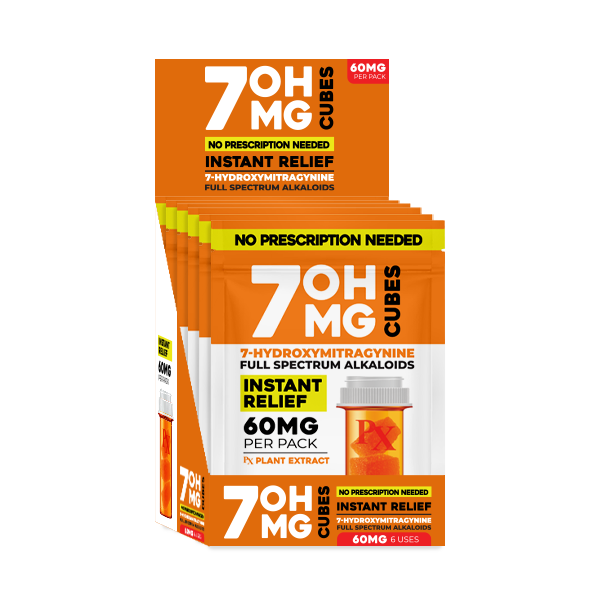The term kratom high often sparks curiosity and debate within communities interested in natural supplements and alternative remedies. Kratom, derived from the leaves of the Mitragyna speciosa tree native to Southeast Asia, has been traditionally used for its stimulating and sedative effects, depending on the dosage. This article delves into what users might experience when seeking a kratom high, the science behind it, and the considerations one should keep in mind.
Understanding the Kratom High
Kratom contains over 40 alkaloids, with mitragynine and 7-hydroxymitragynine being the most studied for their psychoactive effects. These compounds interact with opioid receptors in the brain, which can lead to a range of effects from stimulation to sedation, depending on the dose.
- Low to Moderate Doses: Users often report increased energy, sociability, and a sense of well-being, which might be described as a “high” due to its euphoric and mood-enhancing properties. This can feel like a natural boost, akin to a strong cup of coffee but with added mental clarity and focus.
- Higher Doses: Here, the effects shift towards sedation, pain relief, and a more profound sense of euphoria. Users might describe feeling a floaty, detached sensation, which, while not necessarily a traditional “high” in the recreational drug sense, can be intense and pleasurable.
Real User Experiences
From various accounts shared across platforms like X, the kratom high experience varies widely:
- Some users mention experiencing significant nausea or digestive issues, which can detract from any pleasurable effects, indicating that not all experiences are positive or as expected.
- Others report a gradual improvement in symptoms like chemical sensitivities or chronic pain, suggesting that for some, the “high” is more about relief and normalization rather than an intoxicating experience.
The Science Behind the Kratom High
The kratom high is not just about the immediate effects but also about how these alkaloids interact with the body over time:
- Tolerance : Regular use can lead to tolerance, where users need more kratom to achieve the same effects.
- Variability in Effects: The strain of kratom, its processing (powder, capsules, extracts), and individual physiological differences play significant roles in how the high is experienced. For instance, yellow vein kratom might offer a balance between stimulation and relaxation, while red vein strains could lean more towards sedation. However, Kratom Extracts can provide a more consistent effect, CLICK HERE to learn more about Kratom Extract
Considerations for Users
- Dosage: Starting with a low dose is advisable for beginners to gauge tolerance and effects. Overdosing can lead to unwanted side effects like nausea, dizziness, or even a sedative effect when stimulation was desired.
- Quality and Source: Given the variability in kratom products, sourcing from reputable vendors is crucial. Contaminated or low-quality kratom can lead to adverse effects or no effects at all.
- Legal and Health Considerations: Kratom’s legal status varies globally, and its use should be approached with awareness of local laws. Health-wise, consulting with a healthcare provider is recommended, especially for those with existing conditions or on other medications.
- Responsible Use: Understanding that kratom isn’t just about achieving a high but can be part of a broader wellness routine or pain management strategy. Responsible use involves understanding your body’s reaction and being aware of potential interactions with other substances.
Conclusion: Navigating the Kratom High
The kratom high, as described by users and supported by scientific understanding, is a multifaceted experience. It’s not merely about achieving euphoria but encompasses a spectrum of effects from stimulation to pain relief, each with its own set of considerations. For those intrigued by kratom’s potential, whether for recreational or medicinal purposes, the journey involves education, cautious experimentation, and responsible use.
For those looking to explore further, engaging with communities, reading up on scientific research, and perhaps most importantly, starting with small doses can guide you through what might be a transformative experience or simply an interesting exploration into natural pharmacology.









